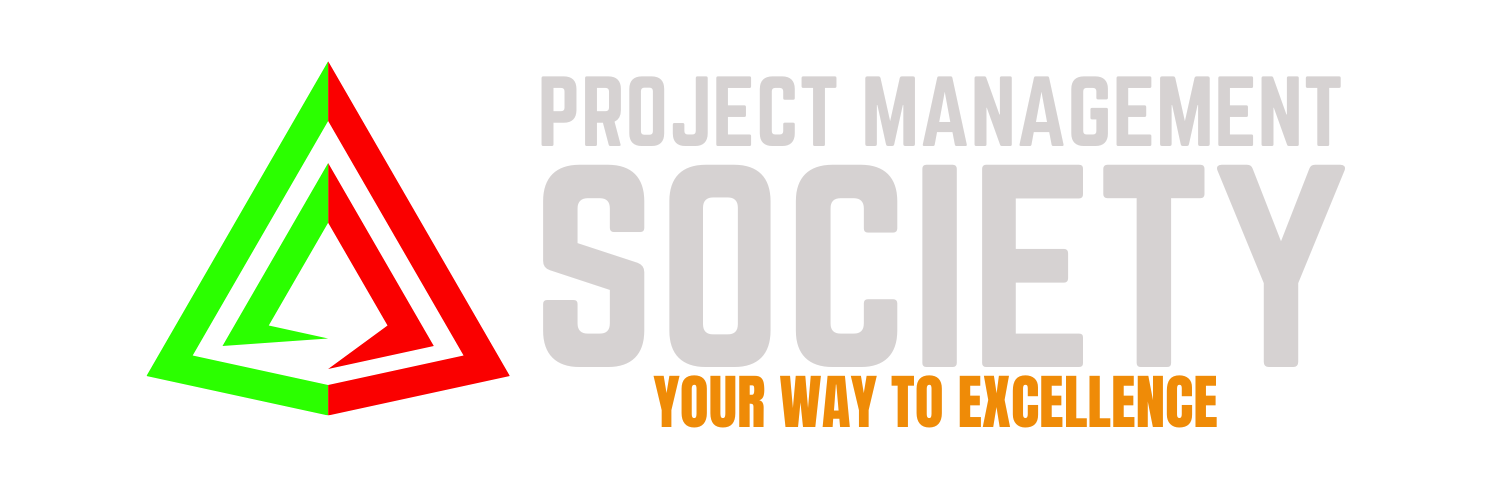 Project Portfolio Management (PPM) is more than just a buzzword; it’s a crucial framework for businesses striving to align projects with their strategic goals. However, The Maturity Stages of PPM Implementation is not an overnight task. It involves progressing through various maturity stages, each bringing its own set of challenges and rewards. This blog will explore these maturity stages, helping you understand where your organization stands and what steps to take next.
Project Portfolio Management (PPM) is more than just a buzzword; it’s a crucial framework for businesses striving to align projects with their strategic goals. However, The Maturity Stages of PPM Implementation is not an overnight task. It involves progressing through various maturity stages, each bringing its own set of challenges and rewards. This blog will explore these maturity stages, helping you understand where your organization stands and what steps to take next.
Stage 1: Initial (Ad Hoc)
At the initial stage, PPM processes are mostly ad hoc and unstructured. Projects are managed individually without any standardization or centralized control. Organizations at this stage might not even realize the need for PPM.
Characteristics
- Lack of standardized processes: Each project follows its unique methodology.
- Inconsistent outcomes: Success depends on individual project managers.
- Limited visibility: Senior management has little to no insight into project performance.
Challenges
- Resource allocation issues: Without a centralized view, resources are often over-allocated or under-utilized.
- Risk management: Risks are managed reactively rather than proactively.
Stage 2: Developing (Aware)
In the developing stage, organizations begin to recognize the need for a more structured approach to managing projects. Basic processes and standards start to emerge.
CLICK HERE TO DOWNLOAD 300+ PROJECT MANAGEMENT TEMPLATES & DOCUMENTS IN EXCEL
Characteristics
- Emerging processes: Some standardized processes and templates are in place.
- Improved communication: Better sharing of information across projects.
- Recognition of PPM benefits: Management starts to see the value of a centralized approach.
Challenges
- Inconsistent application: Processes are not yet applied uniformly across all projects.
- Limited tool usage: Organizations might start using basic PPM tools, but integration is minimal.
Stage 3: Defined (Standardized)
At this stage, PPM processes are well-defined and standardized across the organization. There is a concerted effort to follow established protocols.
Characteristics
- Standardized processes: Clear methodologies and templates are used for all projects.
- Centralized oversight: A Project Management Office (PMO) often emerges to oversee project governance.
- Better resource management: Resources are allocated more effectively based on a holistic project portfolio view.
Challenges
- Resistance to change: Employees might resist new processes.
- Need for training: Staff require training to understand and implement standardized processes.
Stage 4: Managed (Measured)
Organizations focus on measuring performance and continuously improving their PPM processes in the managed stage. Data and metrics become critical tools.
Characteristics
- Data-driven decisions: Performance metrics are regularly tracked and analyzed.
- Continuous improvement: Processes are regularly reviewed and refined.
- Enhanced risk management: Proactive risk identification and mitigation are standard practices.
Challenges
- Data management: Ensuring accurate and comprehensive data collection can be challenging.
- Balancing flexibility and control: Maintaining a balance between standardized processes and the need for flexibility.
Stage 5: Optimized (Sustainable)
The final stage is characterized by a fully integrated and optimized PPM framework. Organizations at this level not only manage projects efficiently but also align them closely with strategic goals.
CLICK HERE TO DOWNLOAD 300+ PROJECT MANAGEMENT TEMPLATES & DOCUMENTS IN EXCEL
Characteristics
- Strategic alignment: Projects are selected and prioritized based on their alignment with organizational strategy.
- Integrated tools and systems: Advanced PPM tools are fully integrated with other business systems.
- High maturity culture: A culture of continuous improvement and excellence in project management.
Challenges
- Maintaining momentum: Sustaining high levels of performance and continuous improvement requires ongoing effort.
- Adapting to change: Organizations must remain agile and responsive to external changes and internal dynamics.
Conclusion: Your PPM Maturity Journey
Understanding the maturity stages of PPM implementation helps organizations chart a clear path toward more effective project management. Whether you’re just starting or looking to optimize your existing processes, recognizing your current stage is the first step. From there, you can take deliberate actions to advance, ensuring your PPM framework not only supports but drives your strategic goals.
By embracing this maturity model, organizations can transform their project management practices, achieve better alignment with business objectives, and ultimately, realize greater success in their project portfolios. So, where does your organization stand, and what’s your next step in the PPM maturity journey?
